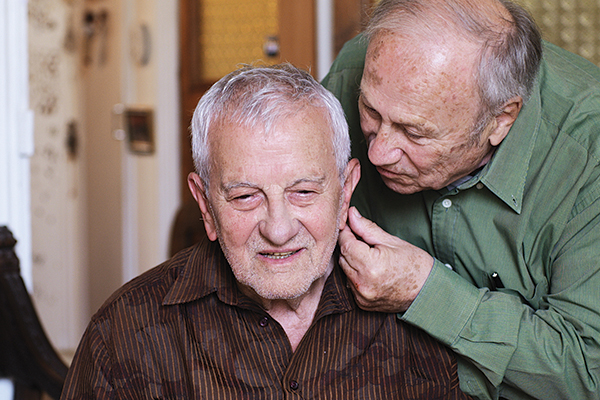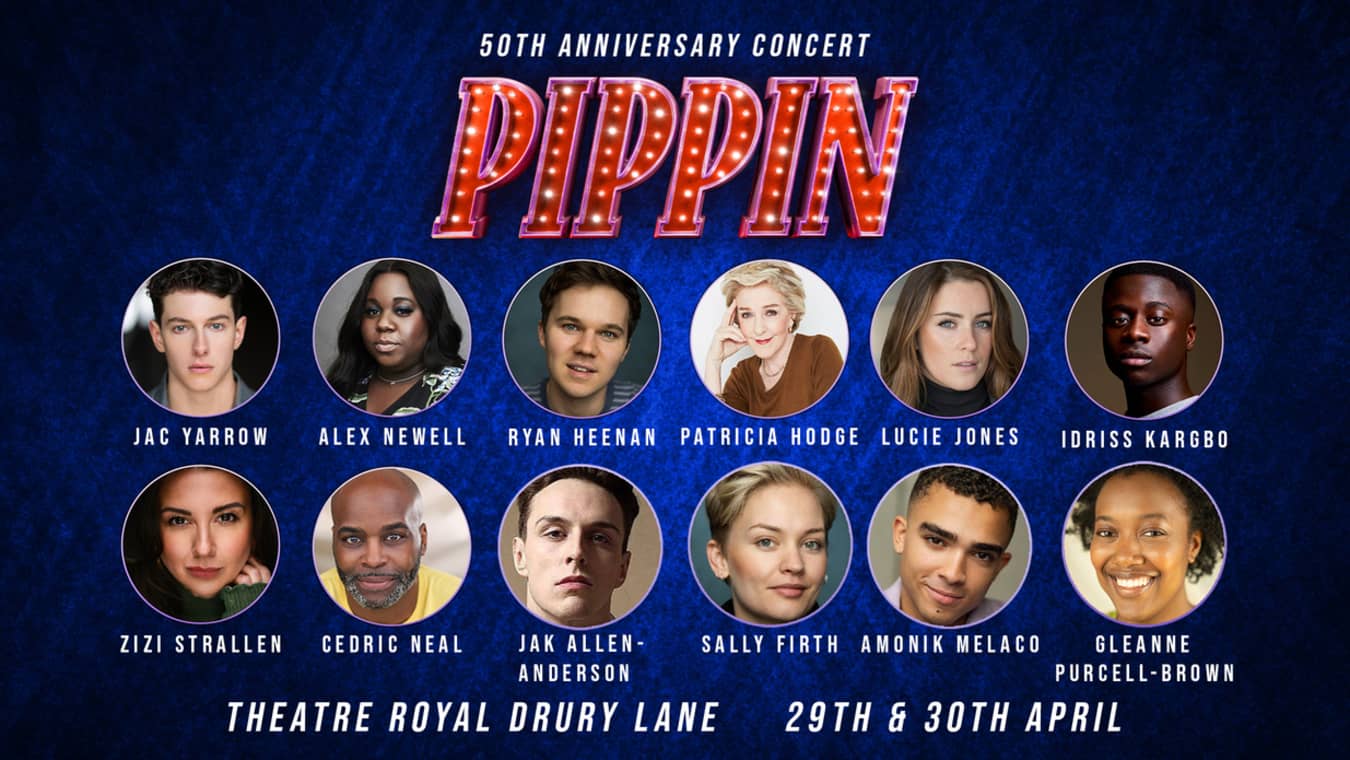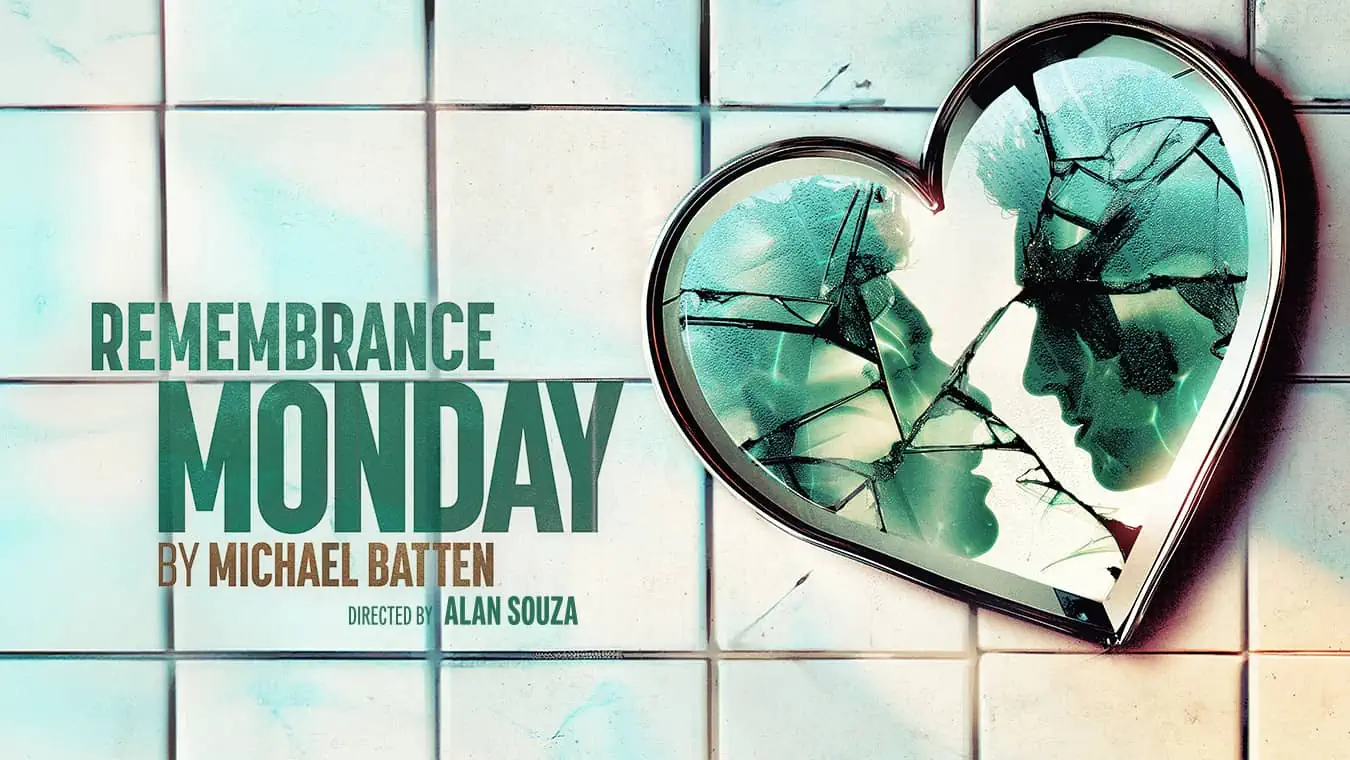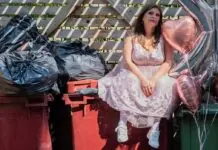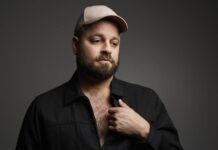Last June, 88-year-old Gad Beck died. He was the only known remaining gay Jewish survivor of the Holocaust. Two months later, Sweden announced it was to follow in the footsteps of Germany and Spain in opening an old people’s home especially for members of our community. However, one wonders whether either of these headlines registers much with most of us. After all, doesn’t the homosexual world revolve around a hedonistic, narcissistic youth where the body aesthetic is king?
Maybe, or maybe not, but it does definitely seem that issues, concerns and stories about those who are more advanced in life are neglected. Sébastien Lifshitz seeks to partly readdress this imbalance with his poignant, humorous documentary Les Invisibles. In it, the 45-year-old French filmmaker details the engaging lives of eleven non-straight men and women born in the interwar period. QX caught up with him to ask about his César Award-winning feature.
What moviemakers inspired you?
I was quite obsessed with Hitchcock. Carl Dreyer and Walter Lang were others I really liked; also I was inspired by the nouvelle vague (new wave) with its auteurs like Goddard and Truffaut. In general, any big-time directors who had an expressionistic aesthetic – those who used pictures more than discourse – influenced me.
What were the main reasons you decided to make ‘Les Invisibles’?
About twenty years ago I was in a flea market when I came across a 1960s photo album of two old ladies. I was not capable of knowing the exact nature of their relationship – were they sisters, friends or lovers? Fortunately, the stallholder had more snapshots of this couple and it became obvious they were romantically linked. I was surprised, as homosexuality was not so easy back then, and thought people had to be more discreet. Yet, this pair seemed quite open – they would have had to have gotten their intimate images developed by someone and thus exposed themselves somewhat. I found other pictures of same-sex twosomes from the same era who appeared to be just as open and free, and this piqued my curiosity. How was it for gay human beings in the past, and had it been uncomplicated or difficult for them? Another motivation for making the feature was that I’d watched several documentaries about non-straights, and was amazed I couldn’t find any about older ones.
After watching your film what are the main feelings you’d like people leaving the cinema with?
That we can all discover who we are as individuals, and grow into a position where we can be true to ourselves, no matter what our background or sexuality.
How did you find your particular subjects?
I did lots of research and met about eighty couples. There were four criteria for selection. Firstly, that they weren’t afraid of the camera – they had to seem natural and not wooden. Another prerequisite was that the participants had a kind of distance from their lives. They had to have some sort of analysis and point of view on life, society and identity, and not just tell facts. Also, those chosen needed to have pictures, letters and other similar artefacts to bring their story alive. Finally, my movie had to be able to embrace the locations, so the subject’s properties had to have a certain atmosphere, and needed to be practical to film.
“Like many individuals, I guess I had clichéd, negative ideas about elderly gay human beings: that they’d all had sad, unfulfilled lives.”
What was the most suprising thing that came out of the making of ‘Les Invisibles’?
Like many individuals, I guess I had clichéd, negative ideas about elderly gay human beings: that they’d all had sad, unfulfilled lives. Maybe it’s partly due to our ‘official’ history where our whole existence has always been painted as tragic and depressing. Yet lots of the people in my feature were in committed relationships, looked to be really happy, and had no problems with their sexual identity.
Do you think those who are more advanced in life are an unrepresented part of the gay community?
Yes, and it’s a terrible shame, but probably because of AIDS, two generations of non-heterosexuals have died and we didn’t see them getting old. So we are kind of like missing the whole picture. And there appears to be a big denial about the existence of elderly gay citizens among the media and general public. We are perceived as all being bright young things who dance from dusk till dawn but, as soon as we reach a certain age, we are airbrushed out of consciousness.
Do you believe contemporary Hollywood inadequately represents gay senior citizens?
Actually, there’s a wonderful flick called Beginners, where the father (Christopher Plummer) comes out to his son (Ewan McGregor) as homosexual, and this thirtysomething dependent has to deal with the revelation. There’s also an American TV show, Brothers & Sisters, with an interesting older non-straight character. Normally, though, mature gay individuals are underrepresented in Tinseltown. Maybe these two examples show there is some sort of change happening, and a hope of more portrayals in future.
• Les Invisibles is released nationwide on 12th July.

